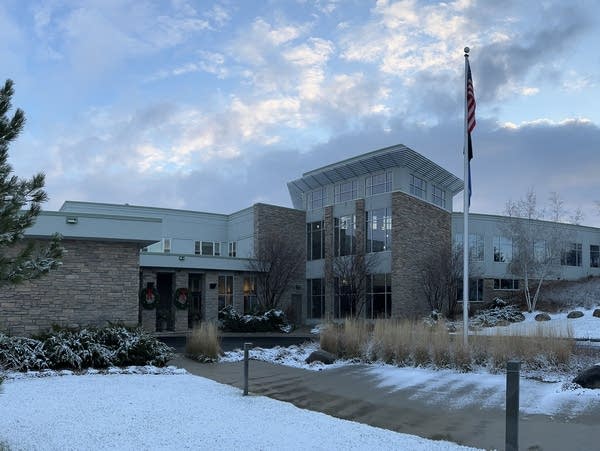Nursing home worker shortage ripples through communities

PioneerCare in Fergus Falls has been forced to reduce available beds by nearly 20 because of a worker shortage.
Courtesy PioneerCare
Go Deeper.
Create an account or log in to save stories.
Like this?
Thanks for liking this story! We have added it to a list of your favorite stories.


